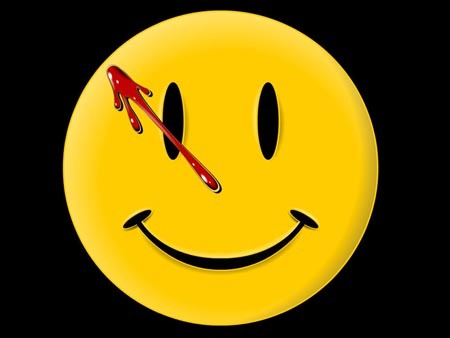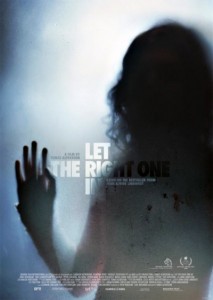Charles Lieurance is an incredibly gifted writer and cultural critic, something that stems in part from his breathtaking intellect but equally in part from his intoxicatingly rich life.
I’d almost forgotten about this, but he asked me to list 5 desert island movies. My response:
Question: Why are we so obsessed with deserted islands? Answer: Because no one wants to be alone.
If I could take 5 movies with me (and none of them could be porn), I’d choose the following:
1) Run Lola Run (Tom Tykwer, 1998)
I love this movie because it evokes some of the same multilinear feelings that I experience when playing a well-crafted video game. In a game, you often stop and save your progress at a specific point in the timeline. Then you can race forward, trying various tactics and exploring new areas. And if you die or if the exploration cost you too much in terms of resources, you can back up to the point in timeline where you saved then proceed again. Often, after backing up, you move forward optimally. (A side effect of the unique way players experience their own narrative in games.) As a result, when you get to the end of the game, you’ve got this long linear experience, right? Your memories of what happened from beginning to end. Except that what’s missing are all the moments when you advanced, then died and backed up to the point at which you saved your progress. Those are like moments that happened, but didn’t happen. At the end of the game, your memories cannot be untangled; you remembered the things that happened in the actual playthrough timeline and things that happened in the discarded, aborted side timelines. Run Lola Run left me feeling the same way. And I have an intense and inexplicable love for German women like Franka Potente.
2) Apocalypse Now (Francis Ford Coppola, 1979)
I love the nihilistic ethos of this film. And I love the music. Brando here is one of the great villains. I like the original version btw. The Redux version is too long and contains some side threads that I found largely irrelevant.
3) The Last Picture Show (Peter Bogdanovich, 1971)
There’s something about small, dying towns that I love. If I ever survive an apocalypse, I will probably choose to live in a small town rather than an urban center. Growing up, my great grandparents had a farm in Moulton, Texas, and it was already dying back then in the 1970s, so I’ve got an innate longing for the spirit of such places. So much happens in this movie, and the scenes and dialogue imply a lot more…years and generations of lives lived with partial success and the accompanying regrets.
4) Blade Runner (Ridley Scott, 1982)
It’s a cliché for someone of my generation and tastes to choose this movie, but it’s so undeniably great, such an obvious labor of love and vision, that I’ve got to include it. Roy Batty has some of the best lines ever delivered. There’s some lesson in here about a director or screenwriting elevating an actor. Half the movie’s appeal is the vision style and graphic design, but really all the elements serve the whole in a way that’s rarely accomplished. As a 16 year old boy, I wanted a Pris replicant of my very own. I’m actually torn on which version I’d take; I know what I’m supposed to say, but I feel there are strengths to both the original and the director’s cut. From the director’s cut, the darker, more ambiguous ending is a complete win for me. From the original, the monologue adds a lot of depth to Deckard’s character. Sure, we all loved the director’s cut *after* gaining familiarity with the original, but I have to ask: Would the more stripped down version have been as powerful without the context provided by the original, heavier-handed version? I hate it that Ridley Scott feels like he’s answered the question definitively about whether Deckard was a replicant, because—first—the director’s intentions are far less important to me than the audience interpretation, and—second—because the ambiguity and doubt that the character felt about the possibility of false memories, of not being *real* were more powerful than a definitive answer either way.
5) Casablanca (Michael Curtiz, 1942)
I’ll admit that I don’t normally like movies made before the 1970s. People like Scorsese, Cimino and Coppola brought so much grittiness and depth to film that it’s hard for me to go backward. Casablanca is one of the exceptions. I love fiction that focuses on a specific point in time, when a mixture of events and pressures up the ante for all the standard elements of human life. The love story still chokes me up.
I love Kubrick, and The Shining might have made the list except that if I had to watch it over and over on an island, the nights would be unpleasantly unnerving and I’d probably end up hanging myself from a coconut tree with a rope woven from my hair. And—for the mood, cinematography and sex—I might have included Eyes Wide Shut if, you know, anyone actually got properly laid in the movie.
Link to the original ILUVVIDEO post (and more responses to the desert movies question by others) at http://www.iluvvideo.com/content/view/63/10/







